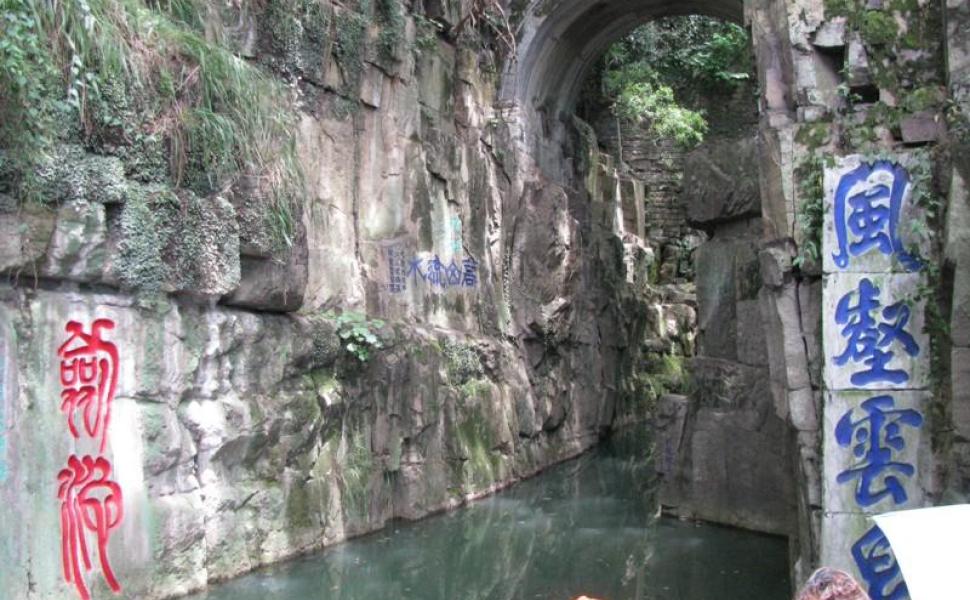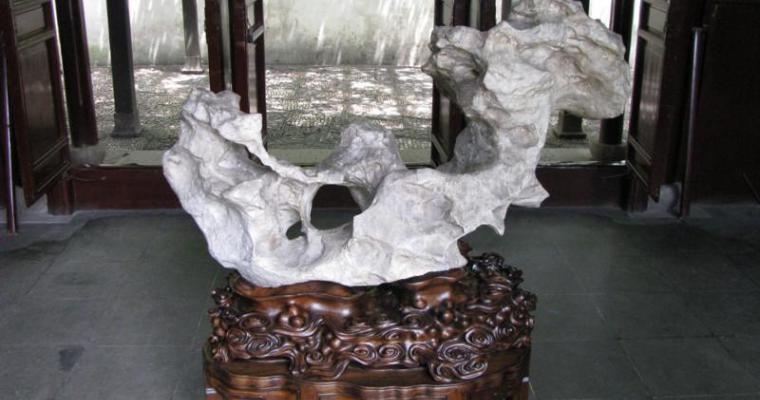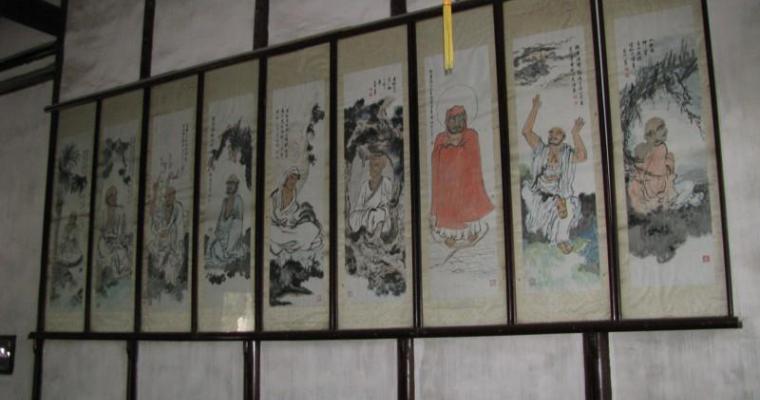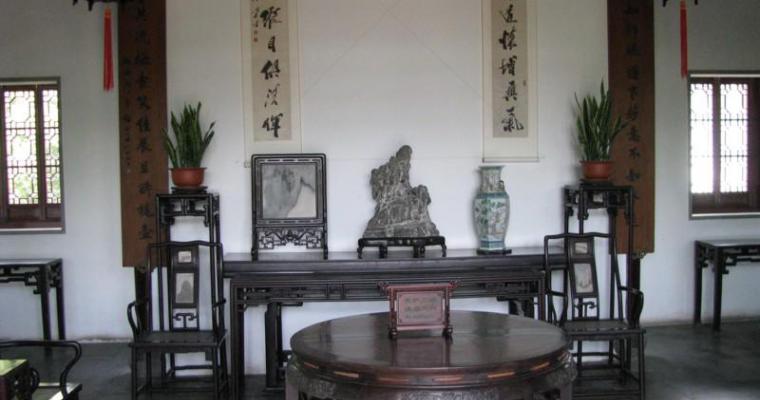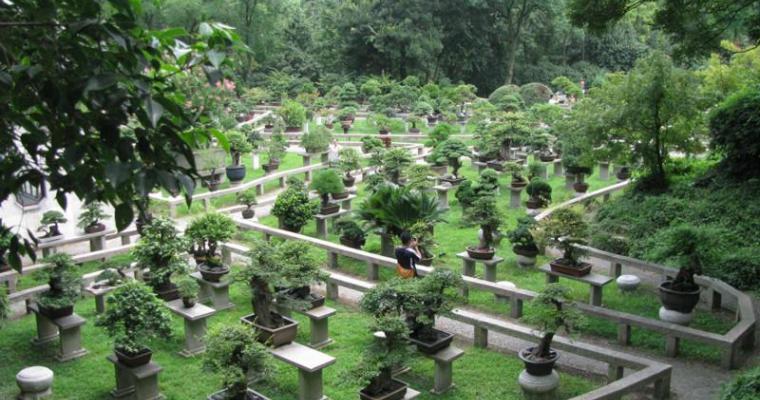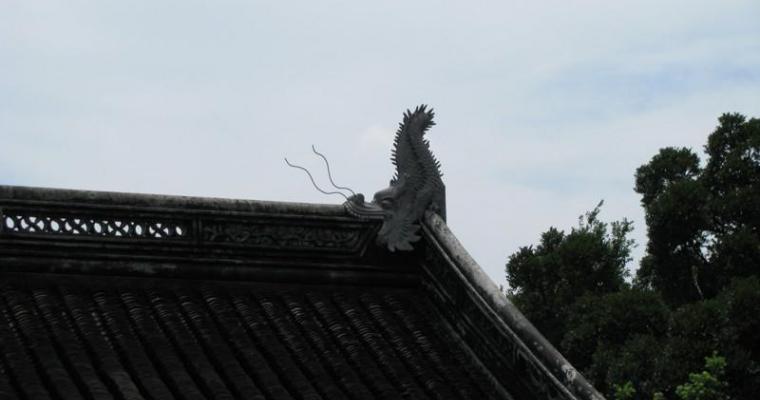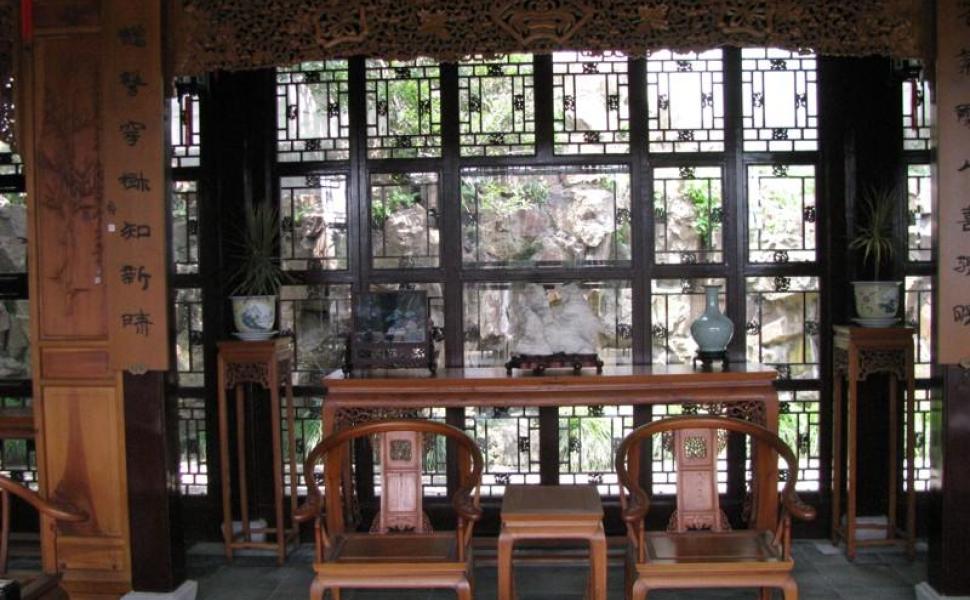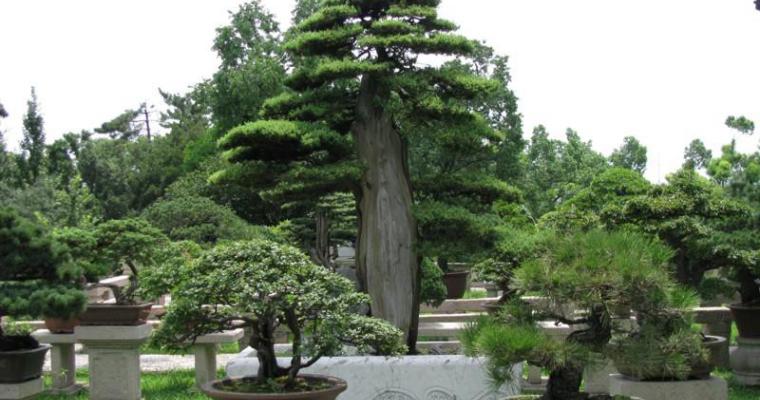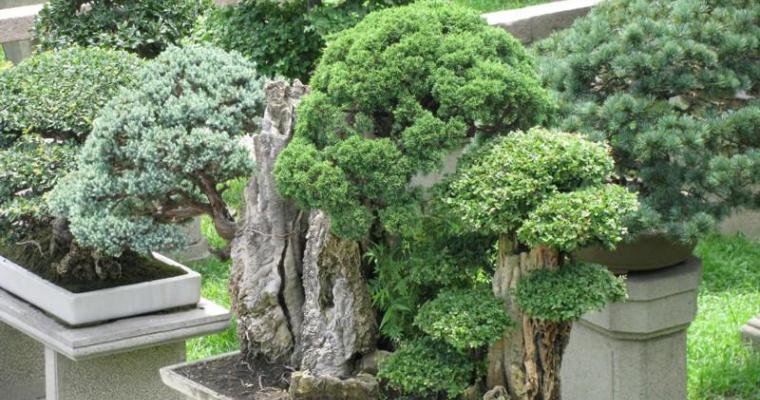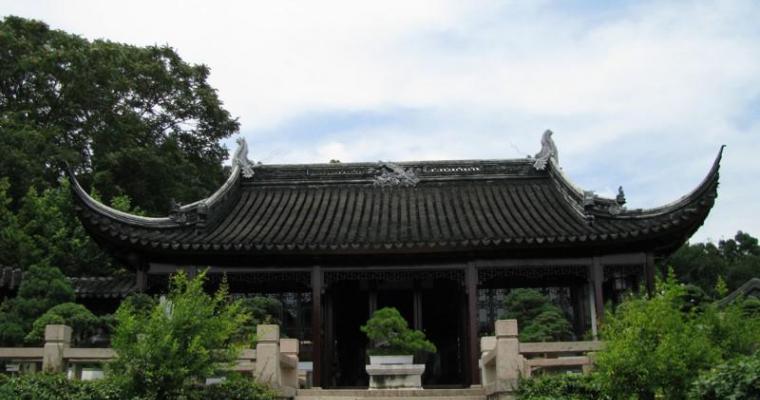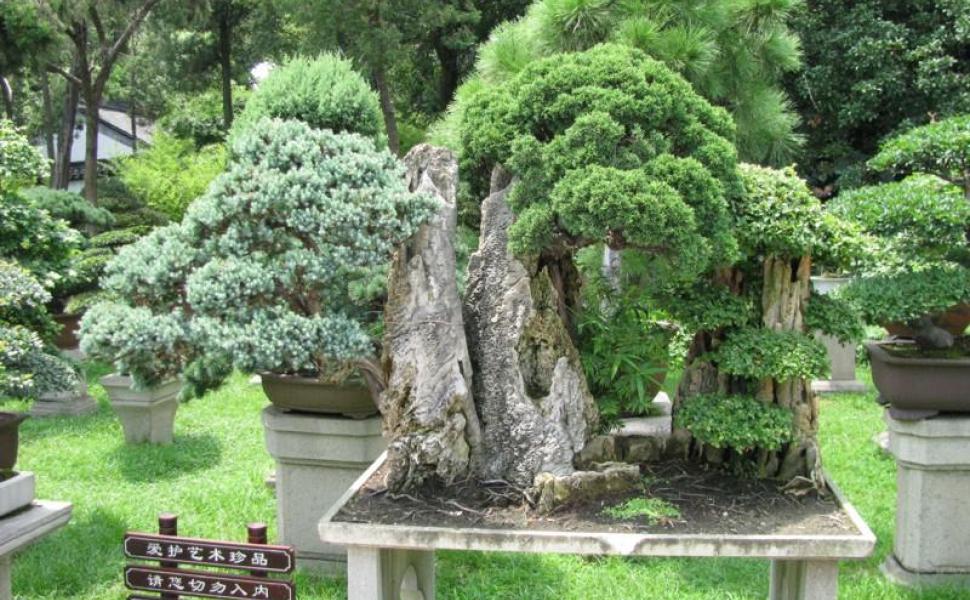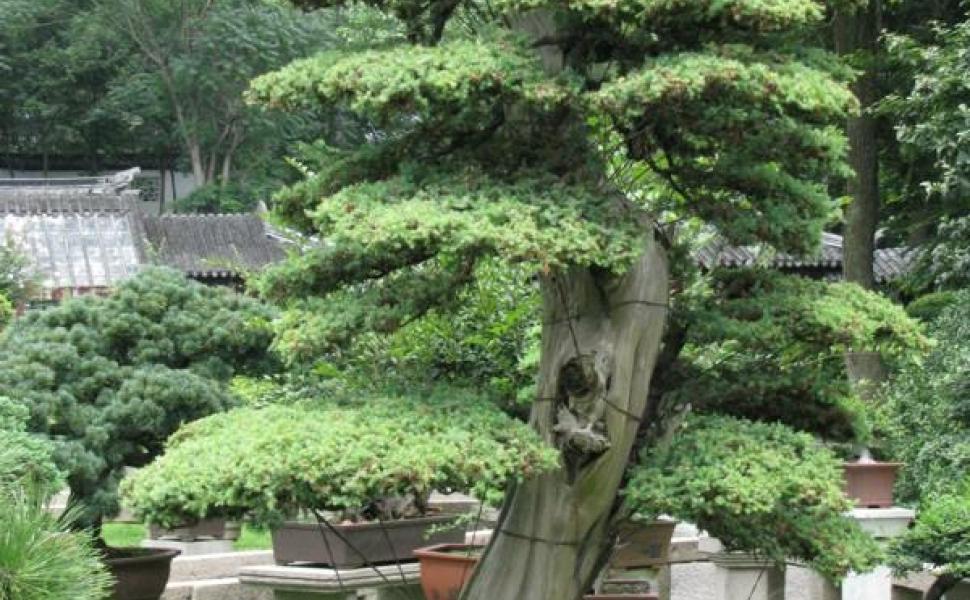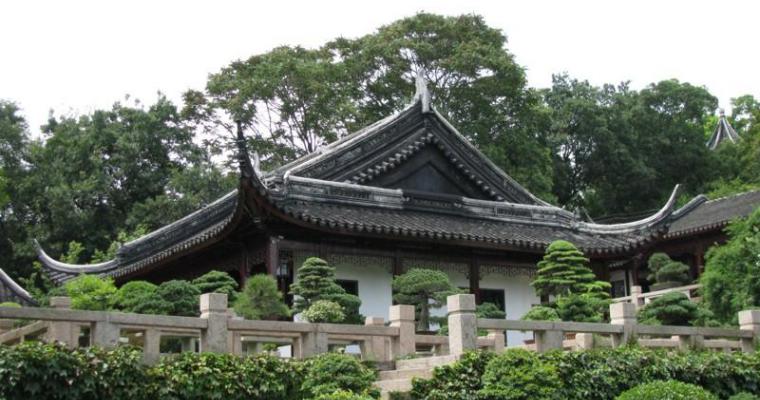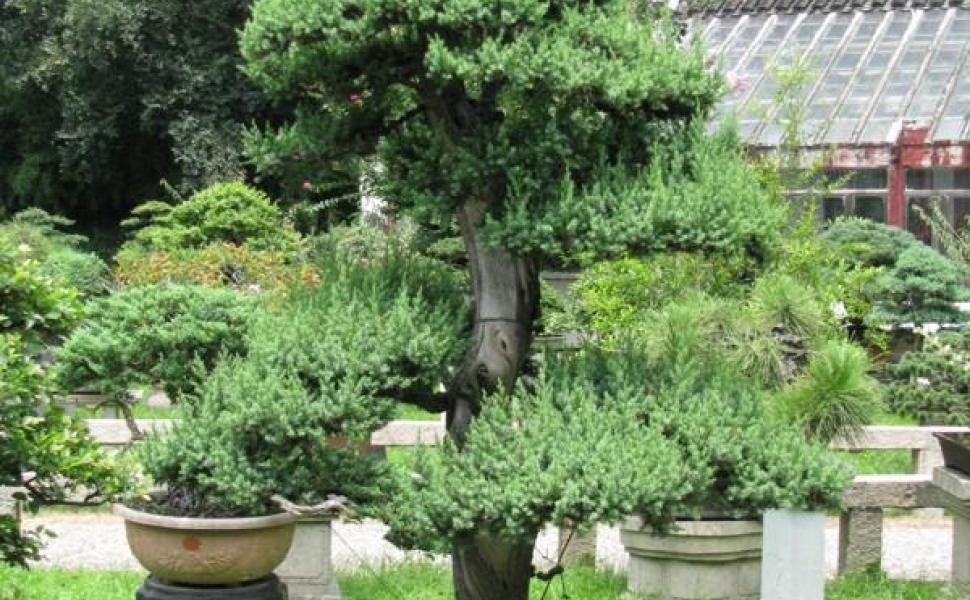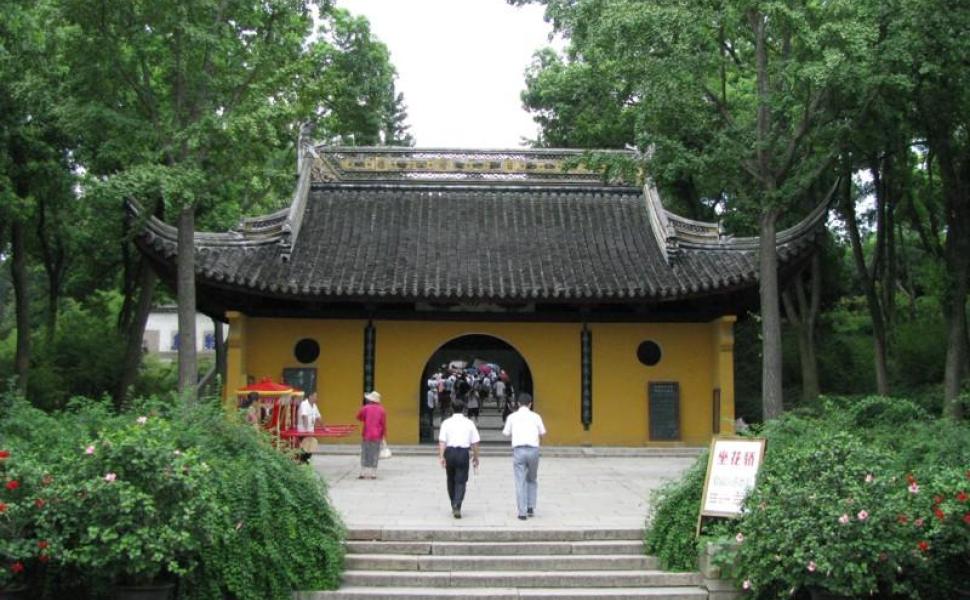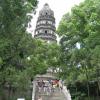A famous Song Dynasty poet, Su Shi said, 'It is a lifelong pity if having visited Suzhou you did not visit Tiger Hill.'
Tiger Hill is a hill in Suzhou, in China. It is a popular tourist destination and is known for its natural beauty as well as historical sites. The hill is so named because it is said to look like a crouching tiger. Another legend states that a white tiger appeared on the hill to guard it following the burial of King Helü.
Tiger Hill, known also as Surging Sea Hill, is a large hillock covering some14100 square metres (over three acres) and is 36 metres (118 feet) in height. Climbing the hill, you will find a number of historical sites some of which can be traced back over 2500 years to the founding of Suzhou. Although the hill is relatively small it has rich history. These are just some of the highlights of what is to be found there.
The Tomb of King He Lu: In 496 BC during the Spring and Autumn Period (770 BC - 476 BC), He Lu, King of the Wu perished during the war fought against the Yue. His son buried him within the hill and three days after the funeral a white tiger came and sat upon the grave as though guarding it. From that time on it has been known as Tiger Hill.
Tiger Hill Pagoda: The pagoda stands on the hill's summit and is the Pagoda of the Yunyan Temple. As the oldest pagoda in the vicinity of Suzhou it has come to be a symbol of the city and has the distinction of being China's Leaning Tower. Built during the Northern Song Dynasty (959-961) it is a seven-storey octahedron after the style of the timber pagodas built during the early Tang period. It is 48 metres high (158 feet) and for the past four hundred years has leant 359' to the northwest.
Other Activities in Suzhou
Activities near Tiger Hill
Tiger Hill Pagoda: The pagoda stands on the hill's summit and is the Pagoda of the Yunyan Temple. As the
Tai-hu is the third largest freshwater lake of China, below in size Lakes Poyang and Dongting, situated about 100 km

